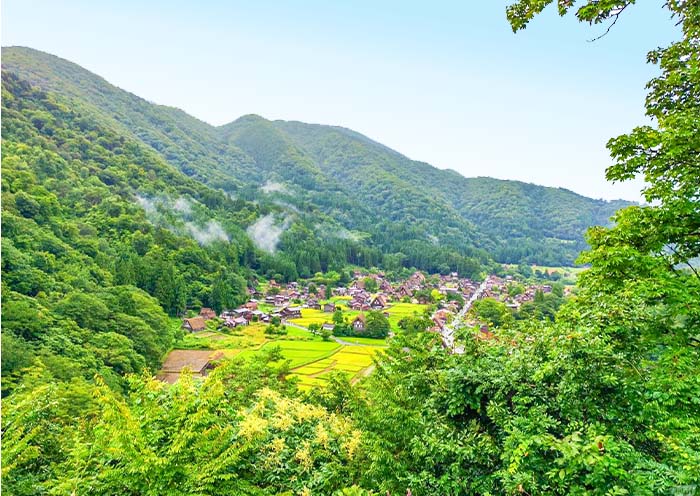5 Days Takayama Shirakawago Kanazawa Tour: Trending Japan Alps Tour
From
USD request![]()
- This is the price per person, based on a group of 6 people, 4-star hotel accommodation, and travel during the regular season.
- Early-bird rates apply to bookings made at least 6 months prior to the departure date.
- The price is subject to change depending on your travel season, group size, hotel class, and potential fluctuations in currency exchange rates.
- Highlights
- Itinerary
- Price
- Trip Notes
- Accommodation
- Photos
- Reviews
Central Japan’s Healing & Less-Crowded Golden Route
You probably have no idea what traditional Japan looks like. It's in Central Japan. Away from the crowds, it keeps the best of historic streets, villages, and gardens preserved. Gain local insight with a 5 Days Central Japan Tour.
In Takayama, wander Sanmachi Suji District's black-wooden streets, "Takayama's Little Kyoto." Explore UNESCO Shirakawa-go, a snow-blanketed Gassho-zukuri village with steep thatched roofs defying winter storms.
Then, unwind in Kanazawa's Kenroku-en Garden, one of Japan's top three gardens. Immerse in samurai history at Nagamachi District, strolling earthen-walled lanes and savoring gold-leaf ice cream. Create your own golden art in a Higashi Chaya workshop.
This is the real heart of central Japan to travel. With expert local guides, private drivers, and off-the-beaten-path itineraries, you'll experience timeless charm on your pace.
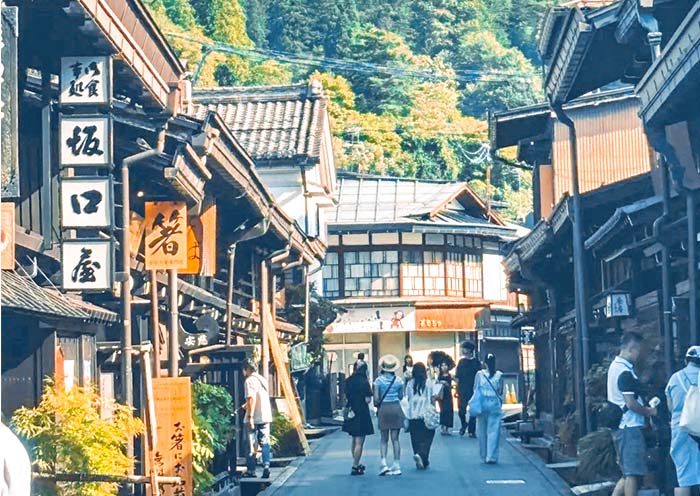
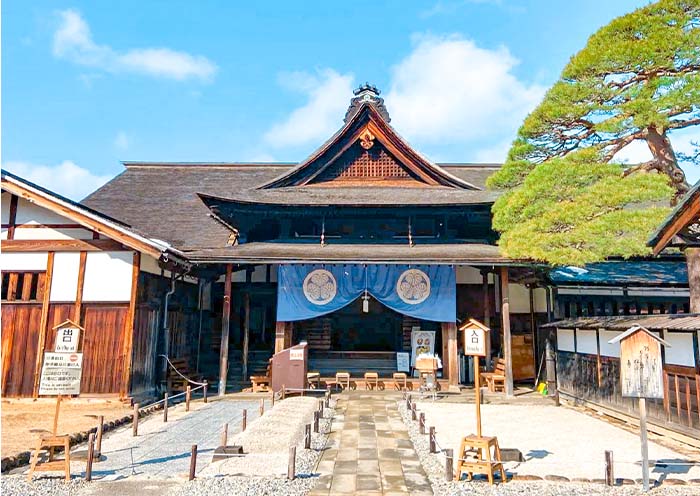

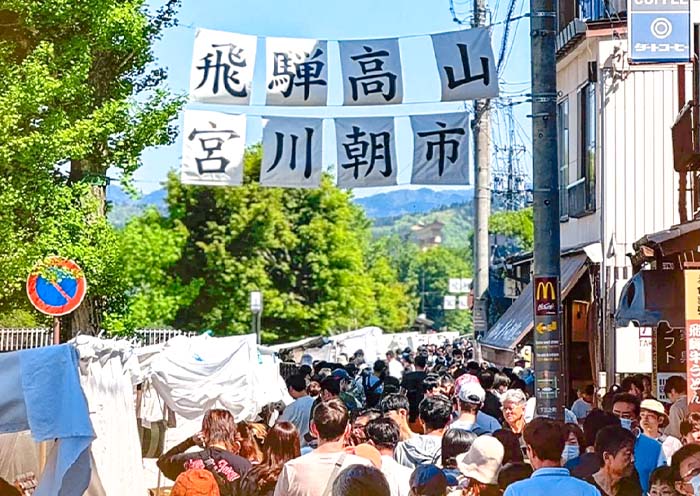



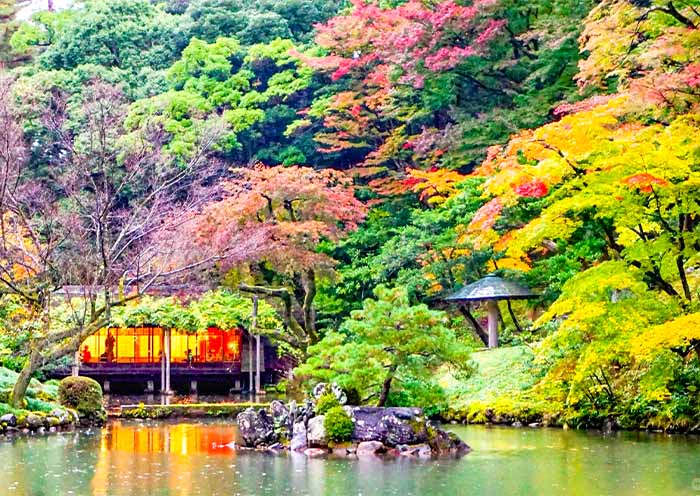
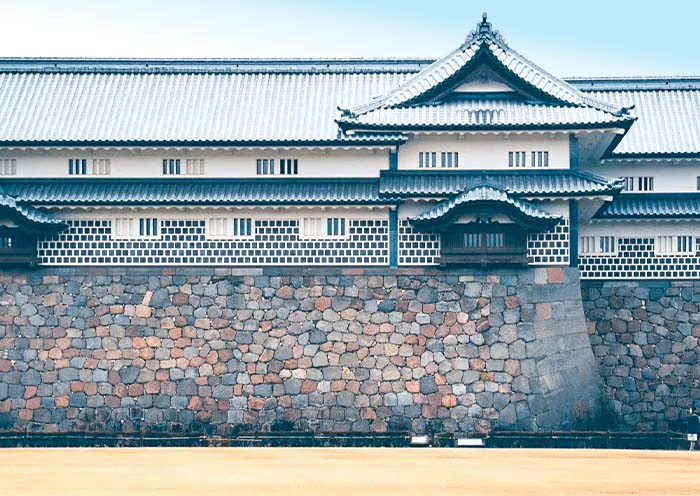
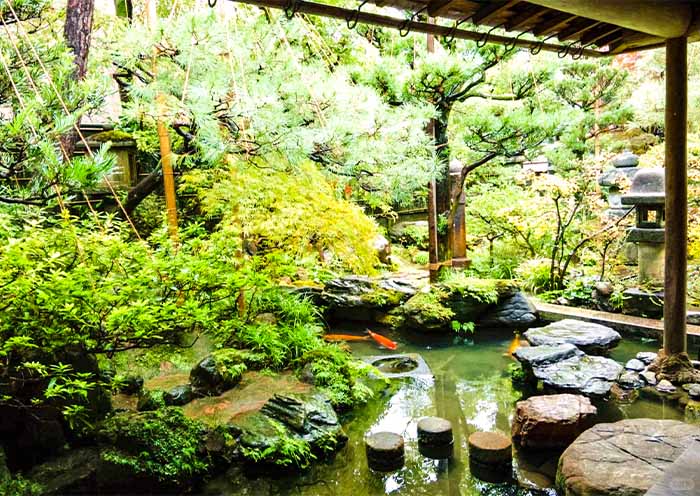
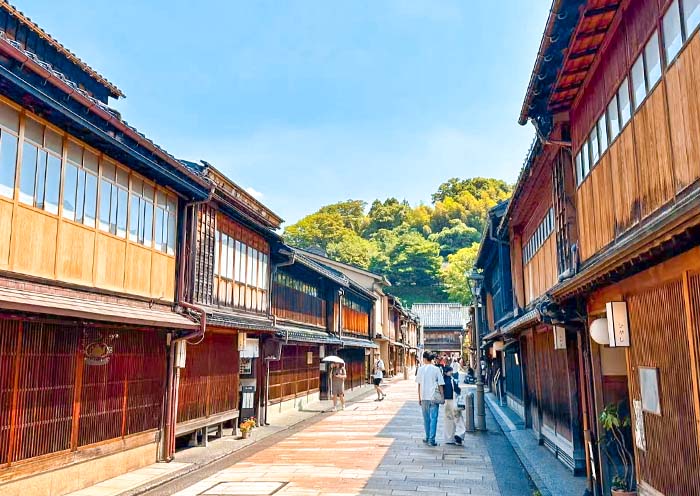

Itinerary at a Glance
Nagoya, Japan
Hotel & Airport Pick-Up.
Takayama, Japan (1.5 Days)
Miyagawa Morning Market, Sanmachi Suji District, Takayama Jinya, Yoshijima Traditional House, Takayama Matsuri Yatai Kaikan
Shirakawa, Japan (1 Day)
Shirakawa-go (Wada House, Ogimachi Castle Observation Deck)
Kanazawa, Japan (1 Day)
Kenroku-en, Kanazawa Castle Park, Omicho Market, Nagamachi Samurai District, Higashi Chaya District, Gold Leaf Work Shop
Nagoya, Japan
Airport & Station Departure
Itinerary Day by Day
Konnichiwa(こんにちは)!Welcome to Central Japan! This region is sandwiched between bustling Kanto (Tokyo) and Kansai (Kyoto and Osaka), but is famous for its traditional towns, villages, and stunning Alpine natural scenery. Upon your arrival in Nagoya, our non-English-speaking driver will pick you up and transfer you to Takayama on a 2.5-hour ride for hotel check-in.
Takayama, during the Edo period, was known as "Hida Province," and Takayama earned the nickname "Little Kyoto of Hida." From a distance, it appears as a tranquil, ancient cultural town nestled in a mountainous region. Sleep well in traditional Takayama town!
Get to Central Japan: Nagoya is the transfer hub for Central Japan. Travelers landing in Tokyo can take Shinkansen (bullet train) for 2.5 hours to reach Nagoya. Or, if coming from Osaka or Kyoto, you can also take Shinkansen to Nagoya.
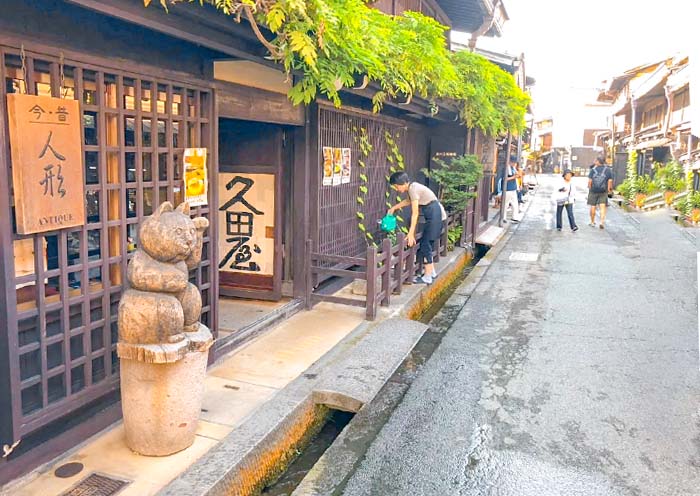

Spend a full day here to enjoy traditional Japanese culture and heritage.
Start your morning at 300-year-old Miyagawa Morning Market, one of Japan's three great morning markets. Join locals as they begin their day. This traditional market stretches for about 350 meters along the riverside, featuring over 60 stalls. It's hard to attend this kind of traditional Japanese markets as many others gradually disappear. You can leisurely browse local fruits and vegetables, pickles, crafts, and snacks. Feel the warmth and vibrancy!
Next, 7 minutes walk to Sanmachi Suji District, heart of Little Kyoto in Takayama. It is the city's most iconic historic district. Its three ancient streets—Ichinomachi, Ninomachi, and Sannomachi—have preserved the essence of the Edo to Meiji periods. As you stroll, you'll admire buildings that still retain their original charm: black wooden exteriors, lattice windows, and noren curtains hanging under the eaves.
Take your time to wander and savor Hida beef (Self Pay), which melts in your mouth and rivals Kobe. Sake breweries, sweet shops, and more to check. This area isn't crowded. The ordinary people have lived here for generations. With blue sky overhead and black wooden houses below, you'll be gazing at the same timeless scenery as ancient Japanese people.
Then, 4 minutes walk to Takayama Jinya, the only surviving Edo-period magistrate's office in Japan. Established in 1615, this former Tokugawa Shogunate administrative center for Hida integrated offices, storehouses, a courtroom, and courtyards. Get inside, it's fascinating to observe the wooden structures, bamboo torture instruments, and even exposed nails crafted into rabbit patterns.
Back at Yoshijima Traditional House in Sanmachi Suji District, this representative private residence dates back to the early 19th century. Once home to wealthy merchants, its design is aesthetically meticulous. Inside, the 12-meter high atrium and tall windows soften the light, creating changing shadows throughout the day.Relax indoors for photos or enjoy the beautiful garden view.
Conclude your day at Takayama Matsuri Yatai Kaikan, a dedicated hall showcasing the festival's magnificent, full-sized floats. Lavishly decorated with gold leaf and intricate carvings, you can also admire elements like puppets and kabuki. Four unique floats rotate every four months. It’s a great way to experience them even if you miss the Spring or Autumn festivals.
After the tour, stay at a hotel in Takayama.

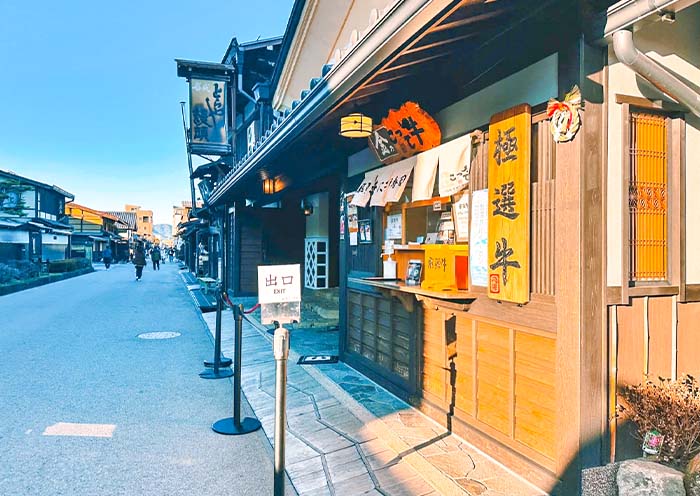


Today, leave Takayama and take a 1-hour car ride to Shirakawa-go. Spend a full day in Japanese traditional village.
Shirakawa-go, famous for its large collection of preserved 17th-century Gassho-zukuri farmhouses, has been a renowned UNESCO World Heritage site since 1995, celebrated for its untouched natural beauty. The thatched roofs of these traditional houses are steeply pitched at a 60-degree angle, resembling hands clasped in prayer—hence the name "Gassho-zukuri" (praying hands construction). Local residents developed this three-story design to withstand heavy snow. The lower floors are for living, while upper levels for storing hay or raising silkworms.
This pristine village shows a clear, beautiful scene that seems to keep worries at bay. Each season offers unique charm, but winter is especially breathtaking. Thick snow blankets the roofs and fields, making the entire village appear like a winding white river flowing through the valley, serene and pure.
Beyond admiring the village from outside, you can visit Wada House, the headman's residence, to check the interior of a Gassho-zukuri home. It's the largest Gassho-zukuri house in the village and offers the best views. The ancient thatched roof keeps the interior warm in winter and cool in summer. As you ascend the stairs, the upper floors display traditional farming tools and old photos of daily life and silkworm farming. From the windows, the mountains and village seem almost within reach.
After exploring the Wada House, head to Ogimachi Castle Observation Deck, the best spot to overlook the entire Shirakawa-go village. A view will likely inspire you to take countless photos.
After the tour, drive 1 hour to Kanazawa for hotel check-in. Kanazawa, a key cultural city in Japan's Hokuriku region, is often called "Little Kyoto." It's famous for its well-kept Edo-era samurai history, beautiful traditional crafts, stunning gardens, Gold Leaf, and its charming, classic "Little Kyoto" feel. Get a good night's sleep. Tomorrow's sights are close together and won't be crowded.


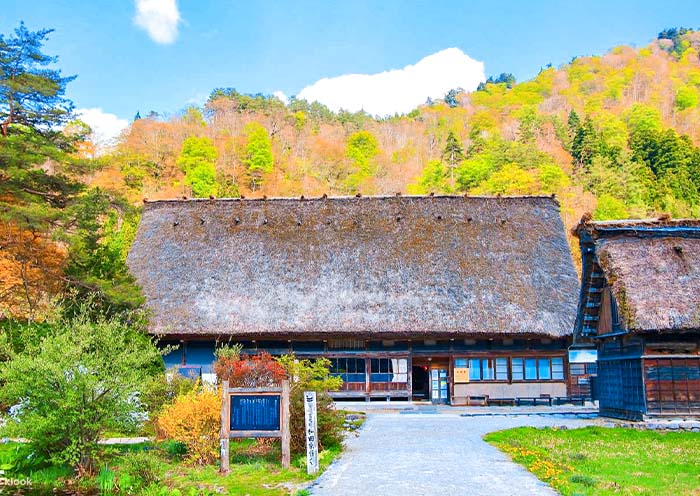

Take a whole day in Kanazawa for its traditional Japanese garden, castle, samurai culture, and golden leaf artisan DIY.
First, explore Kenroku-en, Kanazawa's iconic garden and one of Japan's top three. It shows off the best of Japanese garden art. This garden, built in the 1600s by the Maeda noble family and opened publicly in 1871, blends spaciousness, tranquility, artistry, ancient vibes, water features, and great views along its winding paths. Photographer would love every season, with spring's cherry blossoms and winter's yukitsuri (snow-draped trees) being their best model.
Inside through Mayumizaka Gate, the biggest highlight is Kasumigaike Pond, where you'll find famous Kotojitoro Lantern with one leg in water, one leg on bank. Nearby is unique Neagari-no-Matsu (Root-lifting Pine), with its roots impressively exposed. And, rest at Shigure-tei Tea House, a former noble resting spot, where you can enjoy matcha and sweets. Look back, stunning garden views pour in through its open doors.
Second, head to opposite Kanazawa Castle Park, Kanazawa's historical center. This expansive park encompasses famous Kanazawa Castle, once home to the Maeda family, powerful Edo-period feudal lords. The relics still echoes grandeur of rulers from centuries past.
You will explore key areas like the Hishi Yagura (a rhomboid-shaped watchtower showcasing castle's defense layout and wooden construction techniques), the Gojukken Nagaya (a 90-meter long armory and soldiers' barracks). This is your place to glimpse Edo-era castle and samurai.
Third, have a fresh seafood taste at Omicho Market, Kanazawa’s local kitchen. This top-tier seafood market is surprisingly affordable.
Got a satisfying meal, then, drive to Nagamachi Samurai District. It’s a precious relic of Japan's samurai culture, a core district where upper-ranking Edo-period samurai. Its narrow, rustic streets are lined with shoulder-high earthen walls and wooden buildings. The Nomura House exemplifies samurai life. Here, the house, pond, tree, stone lantern meet in perfect embrace. Sit, listen, or view from the second-floor tea room. An ideal spot to revitalize energy.
Next, explore Higashi Chaya District, Kanazawa's iconic old street often compared to Kyoto's Gion. Built in the 1800s, this area once hosted samurai enjoying tea and geisha performances, and over 20 original Edo-era buildings still line. You can experience Edo-period high society at Shima Teahouse with tea and sweets, and be sure to try gold leaf ice cream. Finish your day at a Gold Leaf Workshop for a fun DIY project. Gold Leaf always ranks No. 1 when it comes to Kanazawa's specialty. Give it a try. You'll pick a mirror or chopsticks, mask it under the helpful of instructors. Create your golden art.
After the tour, drive back to hotel in Kanazawa.
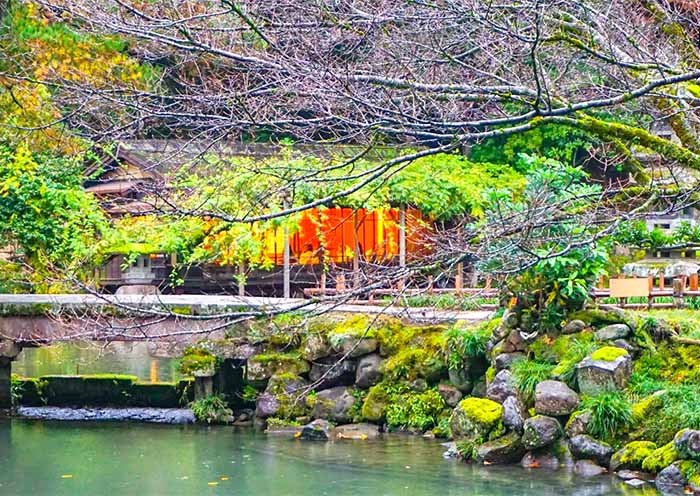
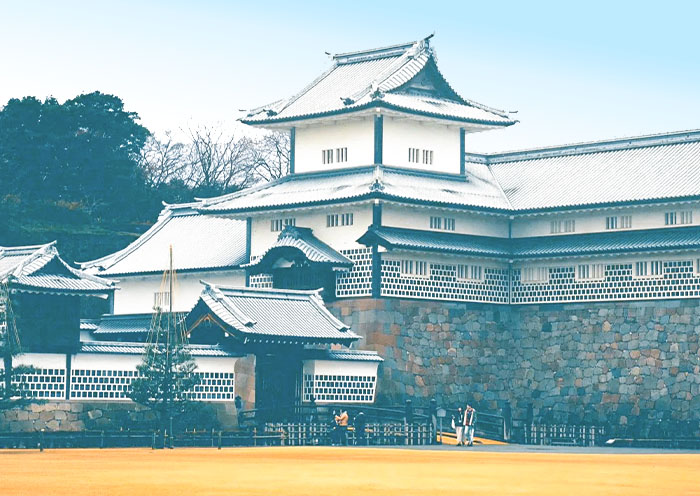

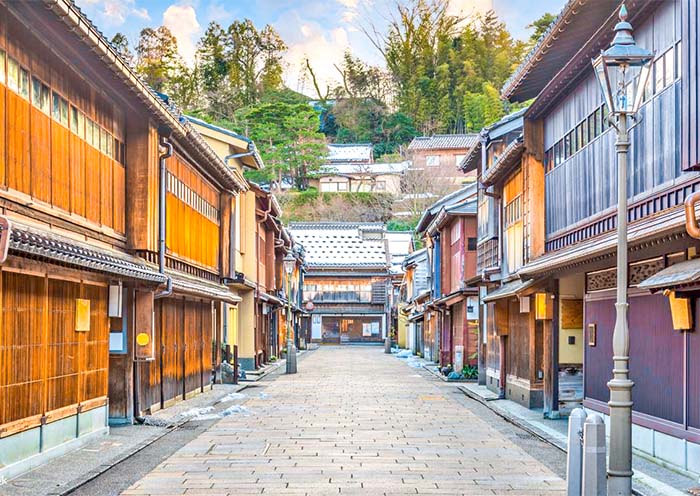
This is your final travel day of 5 Days Takayama Shirakawago Kanazawa Tour. After breakfast, a 3-4 hour car ride takes you back to Nagoya Chubu Centrair International Airport (NGO) or Nagoya station.
Extend Your Central Japan Tour to Other Destination: Take a Shinkansen to Tokyo (2.5h), Kyoto (34 minutes), and Osaka (49 minutes).
We, Asia Odyssey Travel, are so glad to accompany you for 5 Days Takayama Shirakawago Kanazawa Tour, and are always prepared to design your destination in Asia. See you again!
What’s Included & What’s Excluded
What's Included:
What's Excluded:
Important Travel Tips for Visiting Japan
Get the right visa. Depending on your nationality and the length of your stay, you may need to apply for a visa in advance. You can do this online or at a Japanese embassy or consulate. Many countries are part of Japan’s visa exemption program, allowing their citizens to enter Japan for short stays without a visa for tourism. Always check if your country is on this list before applying for a visa. If you have any questions, feel free to contact our travel experts for more information.
The best time to visit Japan depends on your interests:
Spring (March to May): Ideal
for witnessing the cherry blossoms and enjoying mild weather. Major cities like Tokyo, Kyoto, and Hiroshima
are particularly beautiful as cherry trees bloom spectacularly.
Summer (June to
August): Perfect for experiencing vibrant festivals such as Gion Matsuri in Kyoto,
Tanabata Matsuri across the country, and enjoying the natural beauty of Hokkaido, which is less humid than
the rest of Japan. Note that early summer (June) is the rainy season.
Autumn (September to
November): Offers stunning fall foliage, making it a great time for hiking and temple
visits. The weather is cool and pleasant, ideal for outdoor activities.
Winter (December to
February): The best time for winter sports, especially in regions like Hokkaido and the
Japanese Alps. Onsens (hot springs) are also a popular attraction during the cold months.
Bring Cash. Despite advances in digital payment, many smaller vendors, temples, and rural
areas operate predominantly with cash. It’s wise to keep some yen on hand at all
times.
Universal Travel Adapter. Japan uses 100V with two straight thin
pins.
Passport: Ensure it’s valid for at least six months beyond your date
of travel.
Visa (if required): Make sure you have the right visa for your
travel.
Travel Insurance Information: Always good to have on hand.
Bow when greeting: A slight bow is a common way to say hello, thank you, or
sorry.
Be mindful of your noise level: Japanese culture values quietness,
especially in public transportation and residential areas.
Follow the rules: Whether
it's waiting in line or adhering to signage, following local rules and etiquette is highly
valued.
Etiquette in temples and shrines: Wear modest clothing and follow specific
customs such as washing hands and mouth before entering a shrine or temple. Photography might be restricted
in sacred areas.
Looking for more travel guides for first-time visitors to Japan? Want to gather additional information to plan your trip? Our team of professional travel experts has written over 40 articles about Vietnam. Please check out ourJapan Travel Guide for inspiration and detailed insights.
Hotel Conditions for Your Japan Tour
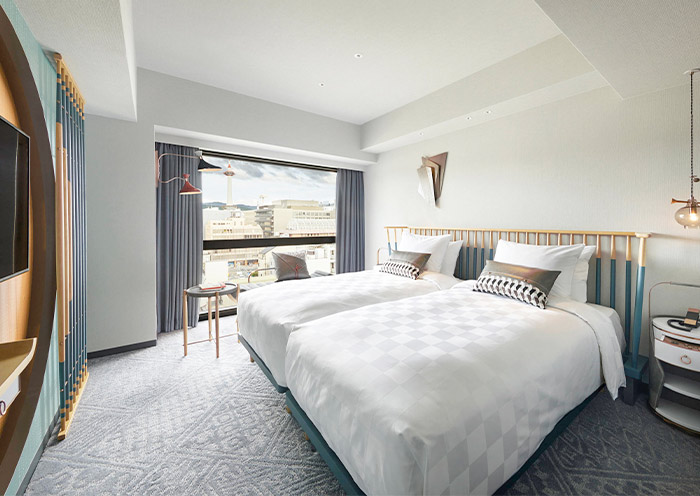


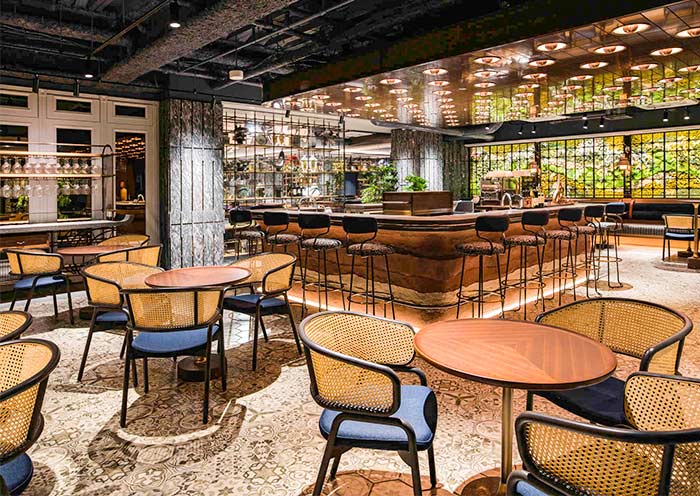
We offer a range of accommodation options to suit various preferences and budgets: luxurious 5-star hotels, comfortable 4-star hotels, and economical 3-star hotels. Our selected hotels are conveniently located close to the city center or popular tourist spots.
For those seeking a more distinctive lodging experience, we also offer Traditional Ryokans, Machiya, Onsen (hot springs) Hotels, etc. If you have specific needs or preferences, please consult with your travel advisor.
Tips: Be aware that hotel room sizes in Japan may be smaller compared to those in other developed countries due to the scarcity of land. If your budget allows, it is recommended to opt for a higher category of hotel, which will generally offer more comfort.
Photo Gallery for This Itinerary
Latest Japan Tours Reviews from Our Customers

Jess
Malaysia
Destination(s): Beijing, Xian, Shanghai, Zhangjiajie
Date of Experience: Sep 04, 2025
Tour Customized by: Yee
You May be Interested in This Tour: 26 Days In-Depth Vietnam China Japan Tour: Ultimate Asia Contrast

Claudia Konrado
Brazil
That’s when a friend recommended Asia Odyssey Travel (AOT), and it was the best decision we made! Not only did they completely customize our entire trip, but they did so at a perfectly reasonable cost. Our travel agent, Abby, was absolutely incredible. She worked tirelessly with us to build out an itinerary, patiently answering all our questions, offering guidance, making changes, and adding new ideas with such care and professionalism. From Disney and Universal for the teens to visits to TeamLab Planets, museums and temples and shopping excursions, ending with a relaxing beach time in Okinawa, Abby worked with us and ensured there was something wonderful for everyone. Even during the trip, she was always available to help and provide support. I truly can’t express how much Abby made a difference in our experience. The entire team at AOT, from the guides to the drivers, was consistently helpful and attentive, ensuring every moment of our journey was smooth and enjoyable. We are so grateful for the wonderful memories created, all thanks to the dedication and expertise of AOT team. We highly recommend them for an exceptional travel experience.
Date of Experience: Jul 01, 2025
Tour Customized by: Abby
You May be Interested in This Tour: Customized Tour

Cheers
Britain
I’m so glad we chose to do this tour! We were looking for a way to escape the summer heat, and Hokkaido was a dream come true. The air was so fresh and the scenery was just incredible—I swear my photos don’t even do it justice.
The highlight for me was definitely the lavender fields in Furano. They were even more beautiful in person than in all the pictures you see online. Our private guide knew the best spots to get a great view without fighting the crowds. Plus, we got to see all the other rainbow flower fields in Biei which were just as amazing.
The trip was super relaxing because we didn't have to worry about a thing. Our driver was so professional, and it was a huge relief to have a private car just for our family. It made getting between all the different towns so easy. We loved exploring the charming canal in Otaru and getting to eat all the fresh seafood in Sapporo. The food in Hokkaido is seriously on another level!
Date of Experience: Jun 10, 2025
Tour Customized by: Cheers
You May be Interested in This Tour: 8 Days Hokkaido Summer Tour: Colorful Family Vacation on Hokkaido Island
Price: From USD request pp
(Based on a private tour for 6 persons staying in 4-star hotels. Prices may vary depending on the itinerary, travel dates, and group size. )
(Book at least 6 months in advance)
